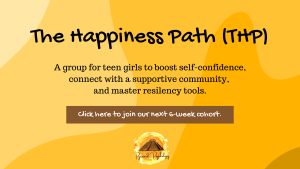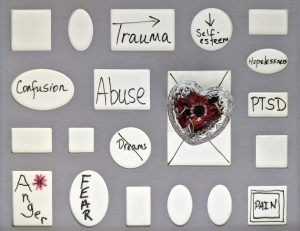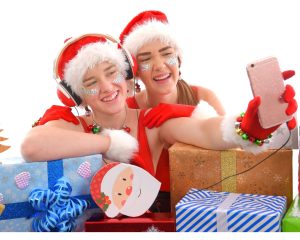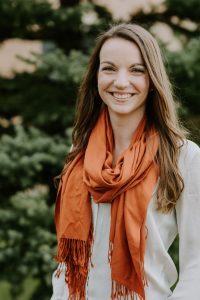Eliminate Negative Self Talk
 How Teens Can Eliminate Negative Self Talk
How Teens Can Eliminate Negative Self Talk
Why Your Thoughts Aren’t Always True…
Have you ever caught yourself thinking, “People don’t like me,” or “I’m not good enough for my friends”? You’re not alone. Many teen girls struggle with these thoughts, especially when dealing with feelings of anxiety, social pressure, or self-doubt. But here’s the truth—just because you think something doesn’t make it real. What do you see?
Your brain sees things in a certain way and it can sometimes get stuck in thinking patterns that are harsh. Those thoughts aren’t facts. They’re just stories and patterned thoughts your mind tells you based on fear or past experiences.
>>> FREE DOWNLOAD: Mental Health Handbook for Teen Girls <<<
The good news? You can change the story to eliminate negative self talk. When negative thoughts pop up, try asking yourself: Is this 100% true? Would I say this to a friend? What’s a more realistic way to see this? Shifting your self-talk takes practice, but it’s possible. That’s one thing we we focus on in THP (The Happiness Path)—helping teen girls challenge self-doubt, build confidence, and create strong, supportive friendships. You don’t have to figure it out alone. If you’re ready to start believing in yourself and seeing your worth, you’re in the right place.
Chantal Côté
Registered Psychologist & Teen Life Coach
Founder of Pyramid Psychology and The Happiness Path




 Likewise, perhaps consider working with a licensed/ registered social worker like myself. Our expertise, dedication, and holistic approach can make a meaningful difference in the journey toward healing and well-being.
Likewise, perhaps consider working with a licensed/ registered social worker like myself. Our expertise, dedication, and holistic approach can make a meaningful difference in the journey toward healing and well-being. About Chipo
About Chipo


 About Kari
About Kari















 What I would tell my younger self (younger sibling). When I ask this question 9 times out of 10, teens tell me their advice for their younger person would be to wait as long as they can before they start using social media, to avoid platforms that constantly show them videos and pictures they compare themselves to, and to enjoy things outside of screen time.
What I would tell my younger self (younger sibling). When I ask this question 9 times out of 10, teens tell me their advice for their younger person would be to wait as long as they can before they start using social media, to avoid platforms that constantly show them videos and pictures they compare themselves to, and to enjoy things outside of screen time.





















